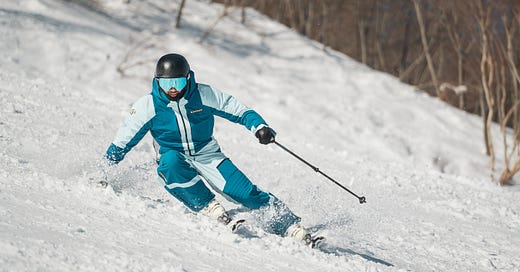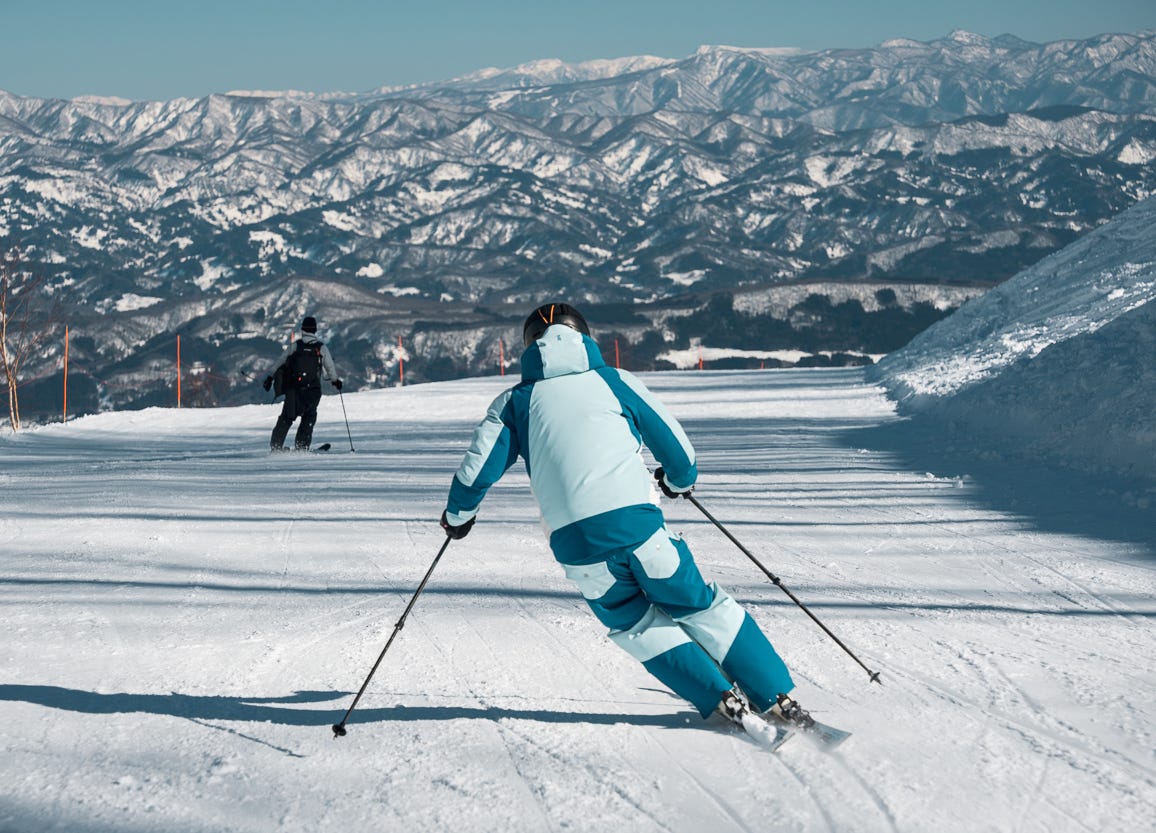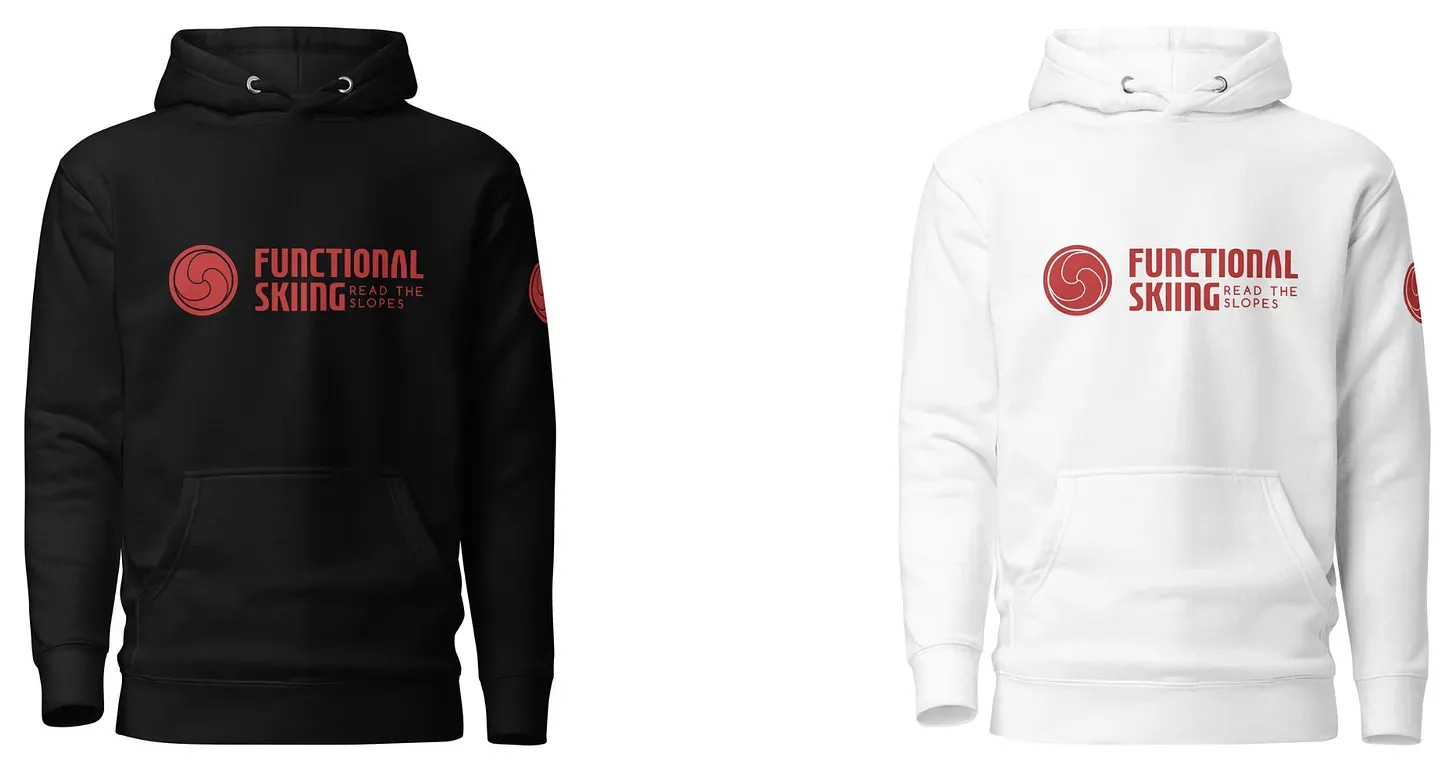Debunking the Myth: Early Pressure vs. Edge Engagement in Skiing
Why Early Pressure Isn't Always the Answer
In the realm of ski instruction, one term often thrown around is "early pressure." It's a cue aimed at encouraging skiers to initiate their turns with vigor, to push into the skis soon after transitioning from one turn to the next.
However, recent insights challenge the effectiveness and validity of this approach, suggesting that prioritizing early pressure might hinder rather than enhance skiing performance.
The traditional rationale behind advocating for early pressure is twofold: to ensure prompt engagement of the ski edges and to prevent speed loss, particularly in the context of ski racing. Advocates argue that pushing into the skis early facilitates quicker turn initiation and maintains momentum, crucial for competitive success.
But is this really the case?
Ski Smarter, Not Harder: The Fallacy of Early Pressure
The Pitfalls of Early Pressure:
One fundamental issue with the early pressure approach lies in its potential to compromise edge engagement. Skiing is a delicate balance between edge angle and pressure distribution.
Applying pressure too soon can flatten the ski, inhibiting its ability to carve cleanly through the snow. This contradicts the core principle of skiing mechanics, which emphasizes the importance of establishing significant edge angles before exerting substantial pressure.
Moreover, prematurely pushing into the skis can disrupt the skier's balance and disrupt the natural flow of the turn.
Instead of smoothly transitioning from one edge to the other, skiers may find themselves fighting against the mountain, struggling to regain control as they navigate the descent. This not only affects the quality of the turns but also increases the risk of injury due to instability and unpredictability.
Another consideration is the distinction between pressure application and edge engagement. While early pressure might lead to immediate force exertion, it does not necessarily translate to effective edge utilization.
Skiers must understand that the priority lies in creating and maintaining proper edge angles, allowing the ski to carve efficiently through the snow. Pressure should follow naturally as a consequence of effective edge engagement, rather than being forced prematurely.
Context Matters:
Additionally, the context matters significantly when evaluating the suitability of early pressure. In the realm of ski racing, where split-second decisions can make or break a run, the temptation to push into the skis early is understandable.
However, this approach must be tempered with an appreciation for the intricacies of skiing dynamics.
Success in racing hinges not only on speed but also on precision and control, qualities that may be compromised by overly aggressive pressure application.
The Alternative Approach:
So, what's the alternative? Rather than fixating on early pressure, skiers should focus on cultivating a balanced and nuanced approach to turn initiation.
This involves prioritizing edge engagement over pressure application, allowing the ski to carve smoothly and efficiently through the snow.
By mastering the art of edge control and maintaining patience at the top of the turn, skiers can achieve optimal performance without succumbing to the allure of early pressure.
Focus on edge engagement over early pressure for optimal skiing performance.
Conclusion:
In conclusion, while the concept of early pressure may have its proponents, its effectiveness in enhancing skiing performance is questionable.
By debunking the myth of early pressure and emphasizing the importance of edge engagement, skiers can elevate their skills and enjoyment on the slopes.
It's time to shift the focus from forceful exertion to graceful precision, unlocking the true potential of skiing as both an art and a sport.
🗞️ Support this newsletter
Are you enjoying the wealth of skiing insights and tips provided by Functional Skiing? Now, you can show your unwavering support by exploring our exclusive line of sleek hoodies, available in both classic white and timeless black.
Order yours today and show your support for your favorite newsletter!
🎉 Introducing Functional Skiing Youth Hoodies
Don't let your little ones miss out on the fun! Get them geared up for their next skiing adventure with Functional Skiing Youth Hoodies today.
Thank you for your support!









I love all the articles, but this one definitely hits home as I'm doing some GS training. Occasionally I initiate a turn, have a waiting period and then only have a little bit more edge angle at the gate so the turn ends up lower than I would wish. Thinking about having the skis further away from the gate while being in a GS position at the gate helps out a lot. Thank you for sharing your knowledge and thoughts so detailed and passionately and accurately!